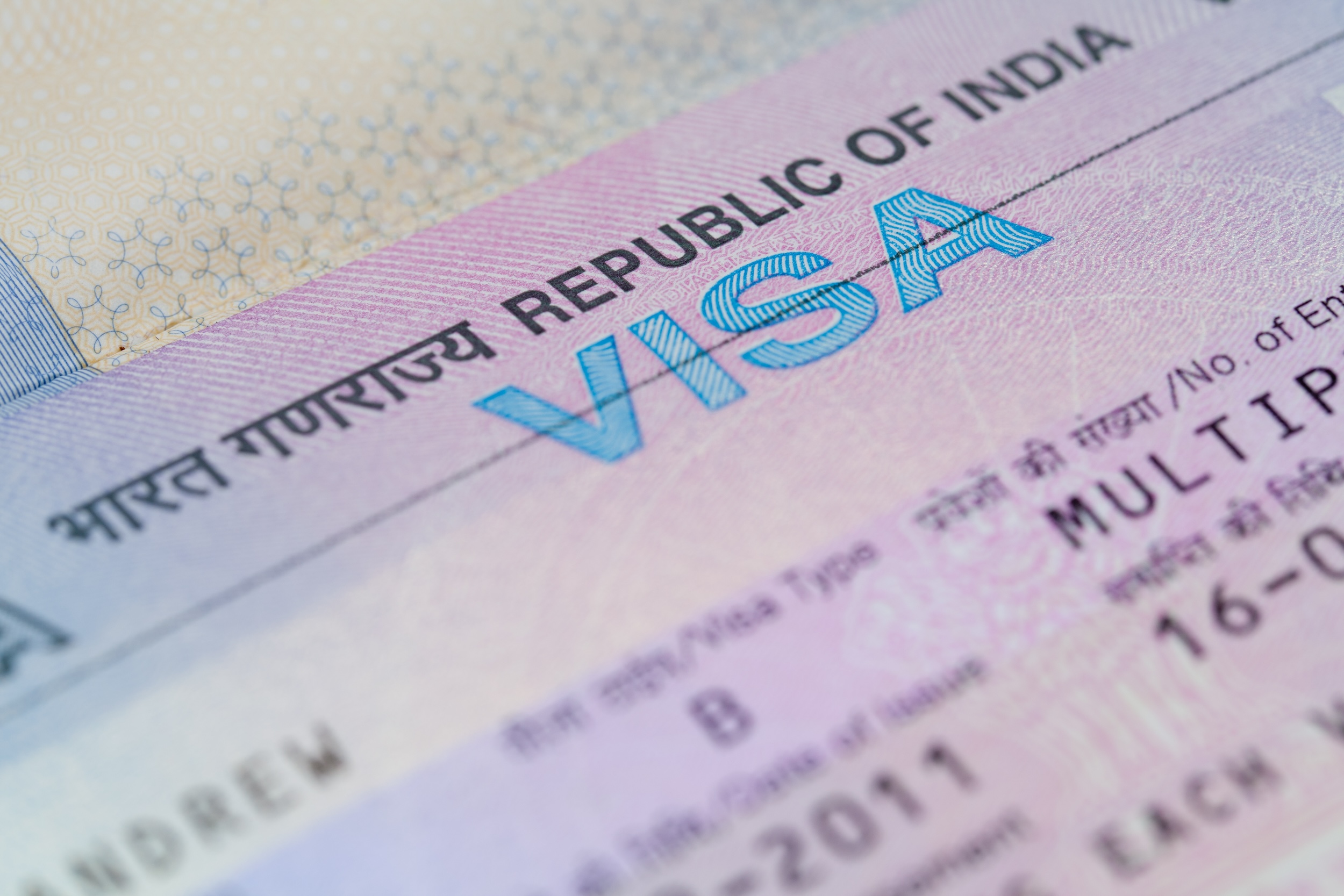India, a country that weaves together a rich tapestry of cultures, landscapes, and histories, is a destination that calls to the heart of travelers seeking adventure, spirituality, and unparalleled beauty. However, before you can step into this vibrant world, there are practical steps every traveler must navigate: understanding the formalities and visas required for entry. This guide aims to simplify the labyrinth of entry requirements, ensuring your journey to India begins on a smooth note.
The Gateway to India: Understanding Visa Types
India offers a variety of visas to suit the diverse reasons travelers come to explore its lands. The most common among these is the e-Visa, available in categories such as tourist, business, medical, and conference, catering to short-term visits. The e-Visa process is streamlined and digital, allowing travelers from over 160 countries to apply online and receive their travel authorization electronically. For those planning longer stays or other specific activities, options like the Employment Visa, Student Visa, or Journalist Visa may be more appropriate, each with its own set of requirements and validity periods.
Step-by-Step: The e-Visa Application Process
Applying for an Indian e-Visa is a straightforward online process, but it demands attention to detail. Applicants must fill out the form on the official government website, upload necessary documents, and pay the fee online. Key documents include a passport valid for at least six months from the date of arrival in India, a recent photograph, and, depending on the visa type, additional supporting documents such as business cards or letters of invitation. Approval times can vary, so it’s wise to apply well in advance of your planned travel dates.
Beyond the Basics: Special Permissions and Restricted Areas
India’s diverse landscape includes areas of special cultural, historical, and strategic importance, some of which require additional permissions for access. Regions such as the Northeast states, parts of Jammu and Kashmir, and certain areas near the borders may require a Protected Area Permit (PAP) or Restricted Area Permit (RAP). These permits are essential for both international visitors and Indian nationals from other states, emphasizing India’s commitment to preserving its heritage and ensuring the safety of its guests.
A Cultural Interlude: The Visa for the Soul
Diving into the cultural heart of India, there’s an informal ‘visa’ that every traveler must obtain—the visa for the soul. This isn’t something you apply for online or at a consulate; it’s the process of opening your heart to the myriad experiences India offers. Engage with the local traditions, savor the diverse cuisines, and immerse yourself in the spiritual heritage that is as integral to India as its monuments and landscapes.

